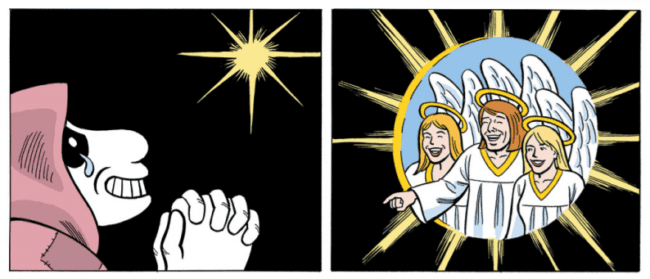The City and the City is a science-fiction novel by British author China Mieville, which explores the concept of two cities that exist in the same physical space but are perceived as distinct and separate by their inhabitants. The book’s central themes of identity, perception, and borders make it a compelling lens through which to view the city of Jerusalem.
Jerusalem is a city that has been inhabited for thousands of years and is home to three major religions: Judaism, Christianity, and Islam. It is a city that is steeped in history, with layers of culture and identity built up over millennia. However, Jerusalem is also a city that is fiercely contested, with competing claims to land, sovereignty, and history. The city is divided into East and West Jerusalem, with each side claiming the city as their own.
Like the two cities in Mieville’s novel, Jerusalem is a city that is divided not just physically but also mentally. The different communities that live in the city often exist in parallel universes, with their own narratives, histories, and identities. The Jewish residents of West Jerusalem see the city as their capital, the heart of their state and their ancestral homeland. For the Palestinians who live in East Jerusalem, the city represents a symbol of their national identity and their struggle for self-determination. The Christian and Muslim communities also have their own unique perspectives on the city, adding to the complexity of its identity.
The separation of the different communities in Jerusalem is reinforced by physical barriers such as walls, checkpoints, and roadblocks. These physical barriers create distinct spaces within the city, which are often defined by their inhabitants’ ethnicity, religion, or political affiliations. These barriers are also reinforced by psychological borders, which are created by the different narratives and histories that each community has constructed for themselves.
One of the central ideas in The City and the City is that the separation of the two cities is maintained by a process of ‘unseeing.’ The inhabitants of each city are trained from birth to ignore the existence of the other city, to the point where they can walk past each other on the street without acknowledging each other’s presence. This concept is reflected in the way that the different communities in Jerusalem perceive each other. Each community constructs a mental map of the city that is filtered through their own narratives and histories, which can lead to a kind of ‘unseeing’ of the other communities that inhabit the same physical space.
The City and the City also explores the idea of identity, and how it is constructed and maintained. In the novel, the citizens of each city are required to wear specific clothing and act in specific ways to reinforce their identities. This is similar to the way that the different communities in Jerusalem construct their identities through dress, language, and cultural practices. The different communities in Jerusalem also have their own symbols and narratives that are used to reinforce their identities and justify their claims to the city.
In conclusion, The City and the City provides a fascinating lens through which to view the city of Jerusalem. The novel’s central themes of identity, perception, and borders are all relevant to the complex and contested city of Jerusalem. The separation of the different communities in Jerusalem is maintained not just by physical barriers but also by psychological borders, which are reinforced by the different narratives and histories that each community has constructed for themselves. The City and the City is a thought-provoking exploration of the way that we construct and maintain our identities and how we perceive the world around us.













